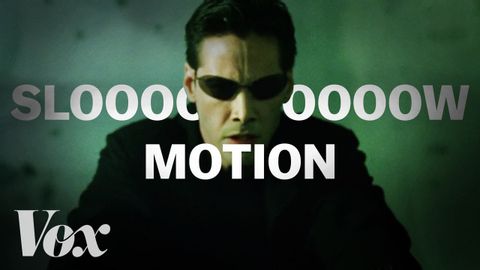
Subtitles & vocabulary
Video vocabulary
obvious
US /ˈɑbviəs/
・
UK /ˈɒbviəs/
- Adjective
- Easily understood and clear; plain to see
- Easy to see or notice.
A2TOEIC
More scene
US /sin/
・
UK /si:n/
- Noun
- Incident where someone behaves angrily, badly
- View that looks like a picture
A2TOEIC
More wrap
US /ræp/
・
UK /ræp/
- Countable Noun
- Piece of clothing worn loosely on the shoulders
- Thin bread filled with food and rolled
- Transitive Verb
- To be or move around something
- To cover something with paper or a cloth e.g. gift
B1
More amount
US /əˈmaʊnt/
・
UK /ə'maʊnt/
- Noun (Countable/Uncountable)
- Quantity of something
- Intransitive Verb
- To add up to a certain figure
A1TOEIC
More Use Energy
Unlock All Vocabulary
Unlock pronunciation, explanations, and filters
